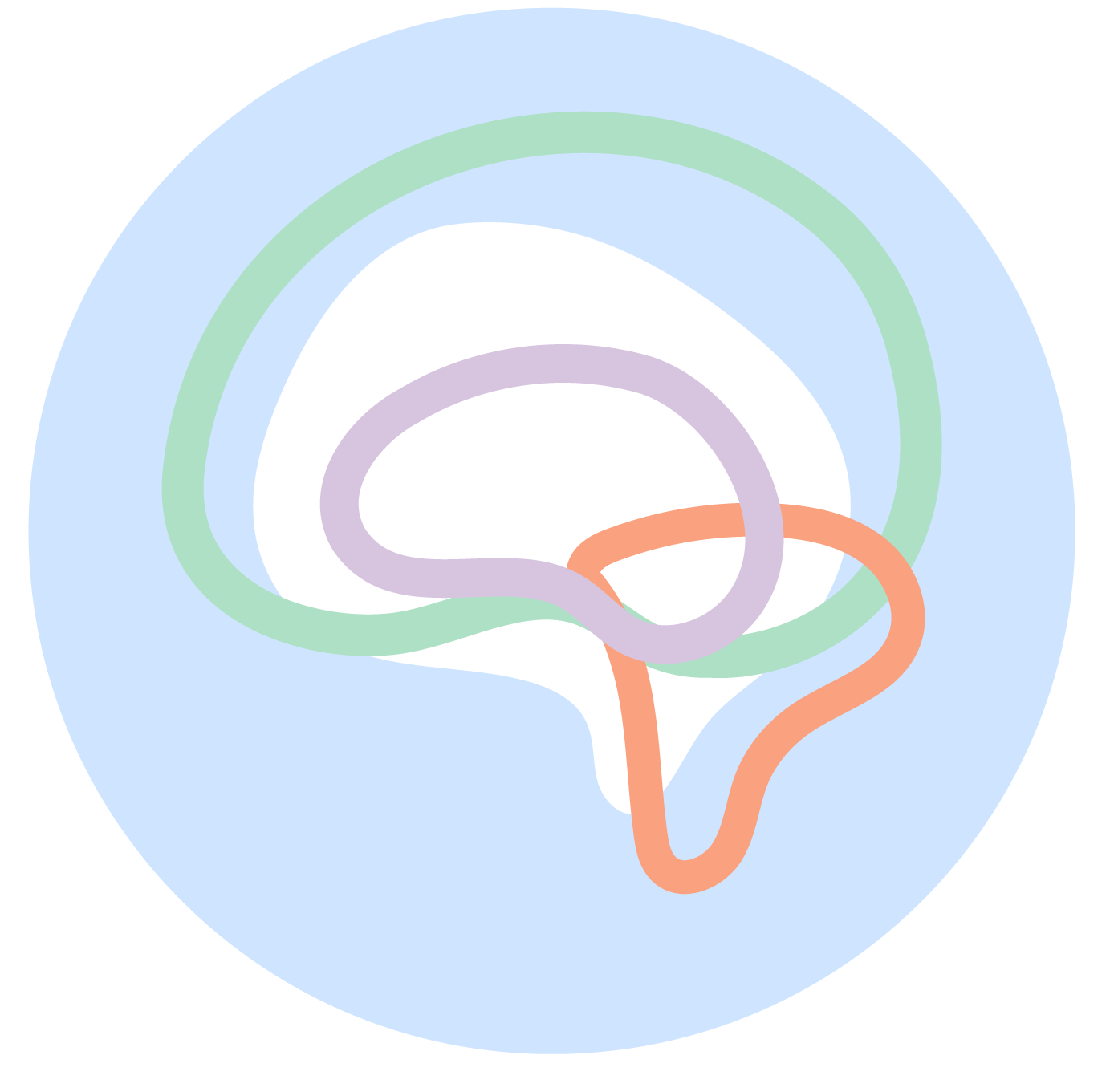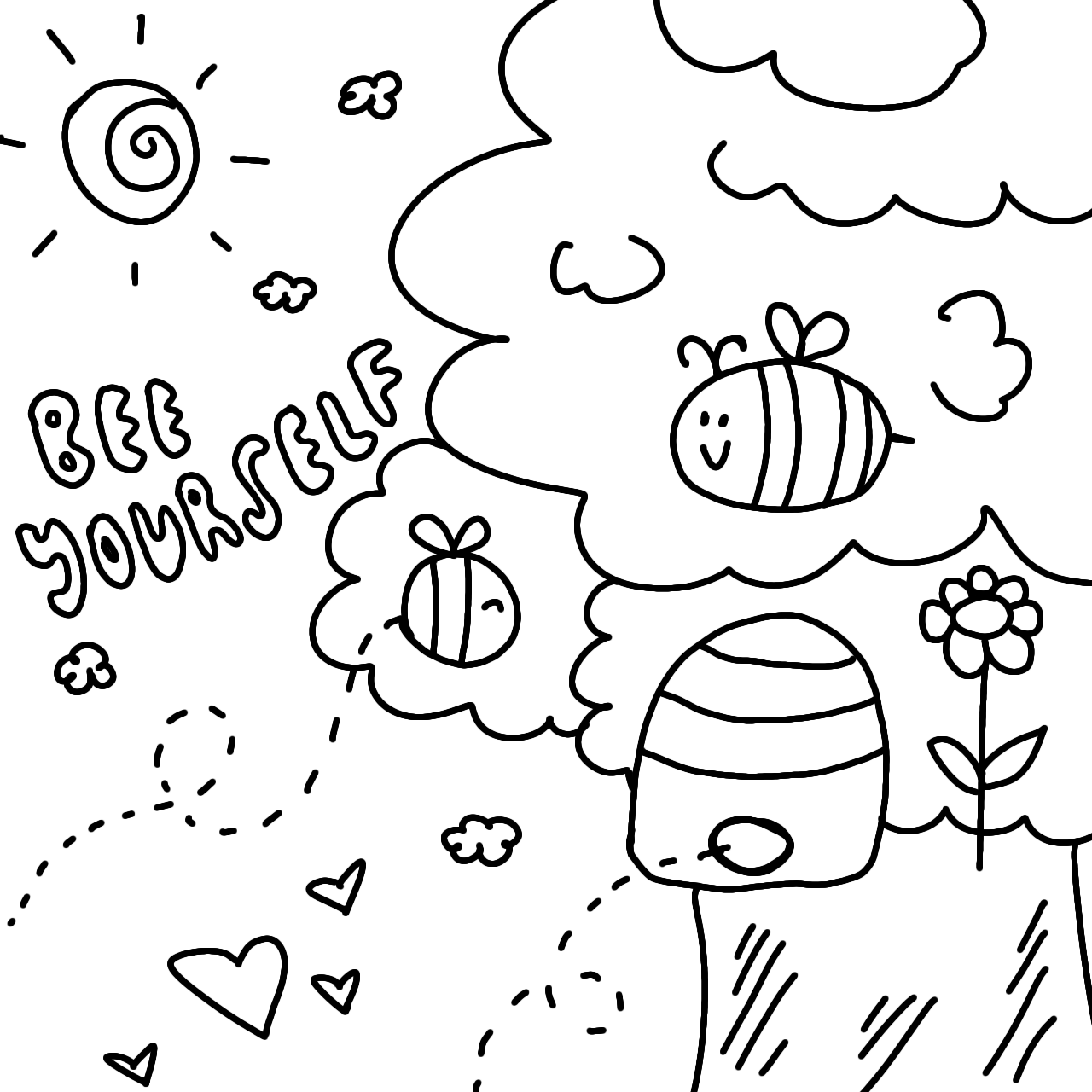
Back-to-School Anxiety: A Comprehensive Resource Guide
Every school year is not just an opportunity for our scholars to learn and experience the world; it’s also a time of change, new beginnings, and sometimes, anxiety. As the new school year approaches, it's important to support children, parents, and educators with the tools and resources they need to manage back-to-school anxiety and mental health.
NEW VIDEO
〰️
NEW VIDEO 〰️
Back to School & Mental Health
It's back-to-school time! How are you focusing on your mental health this school year? Check out what our Youth Mental Health Academy intern, Eduardo Frausto! Learn how he establishes a daily routine to promote his mental wellness during this new academic school year.
Understanding Back-to-School Anxiety
Common Causes
Change in Routine
Shifting from a relaxed summer schedule to a structured school day can be overwhelming.
Social Concerns
Worries about making new friends, fitting in, or dealing with potential bullying.
Academic Pressure
Fear of academic failure, new subjects, or challenging coursework.
Separation Anxiety
Younger children may experience anxiety about being away from their parents or caregivers.
Fear of the Unknown
Uncertainty about new teachers, classrooms, or school buildings.
Signs of Anxiety
Physical symptoms: stomachaches, nail-biting, fatigue, headaches
Behavioral changes: irritability, clinginess, withdrawal from social activities
Emotional responses: excessive worry, crying, mood swings
Sleep disturbances: trouble falling asleep, frequent nightmares
Strategies for Managing Back-to-School Anxiety
-
1. Preparation and Routine: Gradually adjust bedtime and wake-up time a few weeks before school starts to ease into the new routine.
2. Familiarization: Visit the school, meet the teachers, and walk through the schedule to reduce fear of the unknown.
3. Grounding Techniques:
See: Identify five things around you.
Touch: Feel four different textures.
Hear: Listen for three different sounds.
Smell: Notice two different scents.
Taste: Focus on one taste in your mouth.
4. Positive Self-Talk: Encourage the use of positive affirmations to build confidence and reduce negative thoughts.
5. Expressing Feelings: Use journaling prompts to help students articulate their anxieties and develop coping strategies.
-
1. Open Communication: Create a safe space for children to express their fears and concerns without judgment.
2. Supportive Environment: Reassure children that their feelings are normal and that they have your support.
3. Problem-Solving Together: Collaborate on solutions to specific worries, such as practicing the route to school or role-playing social interactions.
4. Consistency at Home: Maintain a consistent and predictable routine to provide a sense of stability.
5. Positive Reinforcement: Celebrate small successes and progress to build your child's confidence.
-
1. Welcoming Atmosphere: Create a warm and inclusive classroom environment where students feel safe and valued.
2. Clear Expectations: Provide clear instructions and expectations to help students understand what to anticipate.
3. Accessible Support: Make yourself available for students to talk about their worries and offer reassurance.
4. Mindfulness Breaks: Incorporate short mindfulness or relaxation breaks during the school day.
5. Collaborative Activities: Use group activities to foster friendships and a sense of community among students.
To help ease students into this transition and promote well-being during back-to-school season, we’ve compiled a range of activities and resources designed to address the various aspects of back-to-school anxiety. These resources aim to provide practical support and guidance, fostering a positive and empowering start to the school year for everyone involved.
Mindfulness Exercises
Coloring Pages with Kid-Friendly Quotes
Coloring is a relaxing and creative activity that can help children express their emotions. We’ve curated a collection of coloring pages featuring kid-friendly quotes designed to uplift and encourage students as they navigate the new school year. These pages can serve as a great tool for mindfulness and relaxation.
Breathing Exercises
Teaching children how to manage their breath can be incredibly helpful in reducing anxiety. Simple breathing exercises, such as finger breathing or taking deep breaths, can be practiced daily to help students stay calm and focused. Printable guides for these exercises can be placed in classrooms or at home for easy access, such as the one provided below.
Important Phrases to Tell Your Student
The Power of Words
Words have a profound impact on a child’s confidence and well-being. Affirmations can help build resilience and a positive mindset as students embark on their educational journey. Here are some empowering phrases to share with your student…
Journaling Prompts
Journaling is a fantastic way for students to reflect on their feelings, set goals, and express themselves. We’ve created a series of journaling prompts specifically for the back-to-school season:
What are you most excited about this school year?
Describe your first day of school.
What are your goals for this school year?
How do you feel about meeting new teachers?
Write about your best memory from summer vacation.
These prompts can help students articulate their thoughts and emotions, providing a constructive outlet for their feelings.
Mindfulness Planners
Mindfulness Planners
To help students manage their stress and workload, we’ve developed daily, weekly, and monthly mindfulness planners. These planners incorporate goal-setting worksheets, allowing students to set weekly academic and personal goals. They also include sections for tracking daily mindfulness activities, such as gratitude, self-care, and daily affirmations.
By using these planners, students can stay organized and focused, while also prioritizing their mental health.
Pomodoro Time Tracker
Maintaining focus can be challenging, especially with the distractions of a new school year. The Pomodoro Technique, which involves working for 25 minutes followed by a 5-minute break, can be highly effective. We’ve provided a Pomodoro Timer Tracker that students can use to monitor their study sessions. This tracker will help them stay on task and manage their time efficiently.
My Good Brain Tool Kit Program
The My Good Brain Tool Kit Program is a school-based intervention designed to promote mental and emotional health among students. It provides quarterly gift bags filled with art activities that teach healthy coping tools and cover mental health topics such as mindfulness and stress management.
-
Elementary and middle school students (ages 5-13), with plans to expand to other age groups.
-
Tool Kits are distributed by school staff to identified students who could benefit from additional mental wellness support.
-
Quarterly kits for the full academic year with engaging art-based self-help tools.
On-demand access to art and self-help activity videos.
Free admission to My Good Brain art events like Sunday Art Club.
A proactive and preventative approach to socio-emotional health.
Creative and fun methods for addressing mental health.
A community for students with a shared interest in art.
As we prepare for the upcoming school year, it's essential to equip our children with the resources they need to succeed both academically and emotionally. By utilizing these tools and fostering a supportive environment, we can help students navigate their anxiety and thrive in their educational journey. Let’s work together to make this school year a positive and empowering experience for all.
Infographics
Image Sources
https://practiceofthepractice.com/angry_kids/
https://www.verywellfamily.com/how-to-stop-children-from-biting-their-nails-4156703
https://www.healthline.com/health/childrens-health/kid-crying
https://www.sleepfoundation.org/nightmares/nightmares-in-children























